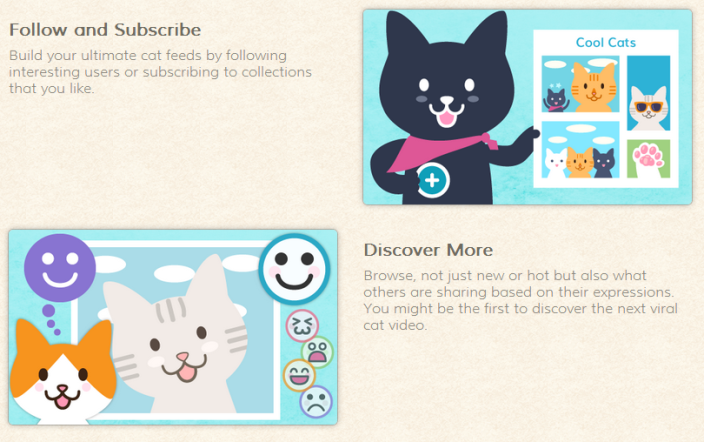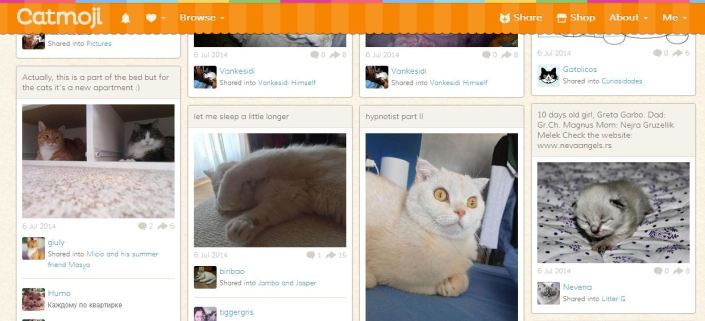Integrated Marketing
Integrated Marketing Campaigns and Push/Pull Strategies: Tory Burch, Part 2
In last week’s post, I discussed how Tory Burch utilizes multiple marketing channels as part of their integrated communications strategy. This week, I am going to further analyze the mediums and details that make Tory Burch’s integrated marketing campaign successful.
The first topic that I’m going to dive into is how Tory Burch utilizes push and pull techniques. Push marketing occurs when the brand initiates a conversation with the customer. One of Tory Burch’s main elements to their integrated marketing strategy is e-blasts. These targeted emails are sent out several times each week to people who have signed up for an account on ToryBurch.com. Available in several different languages and in several different countries, these emails direct customers back to their website and blog. The Tory Blog is also a way in which the company utilizes RSS feed to distribute product information to customers. With new posts every week, the Tory Blog is a content hub that is used to drive customers to make purchases on the company’s website.
In contrast with push marketing, pull marketing occurs when the customer initiates a conversation with the brand. One of Tory Burch’s major pull techniques involves social media. In an interview, Miki Racine, marketing executive for social media at Tory Burch, describes the relationships that occur on social media: “[Social Media] is a live focus group because we can listen to our customers in the moment” (Socha, 2013). Social media is important to Tory Burch’s Integrated Marketing Strategy because it gives customers a voice and a direct line to Tory Burch. Customers create the conversation. Remember when I talked about FitBit partnering with Tory Burch? Several customers are reaching out to Tory Burch on social media for more information (as it was supposed to launch this spring). Interestingly enough, Tory Burch has not responded to any of the comments regarding the FitBit. Wonder why? I’m curious as well. It’s also not a good sign if Tory Burch is choosing not to respond to these customer posts.
In last week’s post, I also spent a good amount of time discussing the Tory Blog as it relates to the company’s overall Integrated Marketing Strategy. The blog is actually integrated into the company’s website. In my opinion, the blog is a great example of how a corporate blog should be. There is catchy content, social media widgets that link back to the specific social media channels, fresh images, and is mobile friendly. The blog, as well as the website, was developed using a platform that allows it to be responsive based on the device that customers are using. The layout is clean and the messaging is consistent with all of Tory Burch’s imagery and messaging strategies. Fresh, unique content is also available on all of Tory Burch’s social media channels. Messaging is specific to the platform, but is part of the overall Integrated Marketing Strategy.

Tory Burch also includes SEO as an important part in their marketing strategy. They sponsor Google Ads as well as pay for ads on social media. Another important feature on all of Tory Burch’s sites is the social media links. Regardless if you are on the blog or on the website, you have all of the available social media links right at your fingertips.

One suggestion that I would make to Tory Burch in order to increase the visibility and branding of their website and blog is to be more strategic when naming images using the alt tag function. Tory Burch has a lot of great images on their website and blog, but these images are not being crawled by GoogleBots to the extent that they should be. For example, instead of naming the image “Shop Swim”, they could name the image “New Tory Burch Swim Wear & Bathing Suit Collection”. Although many marketers don’t often think about alt tags (and often just leave it up to IT to name the image), it is increasingly important to consider as part of your SEO and overall Integrated Marketing Strategy.
Overall, Tory Burch is doing a really good job at implementing their Integrated Marketing Strategy. By utilizing a combination of both push and pull marketing techniques, they are effectively reaching their audience and growing their business. I learned a few lessons from studying Tory Burch’s strategies and hope to be able to use this knowledge to further develop the Integrated Marketing Strategy for my company.
Sources:
Ramos, L. (2012, March 12). Kate Spade Vs Tory Burch. Retrieved June 08, 2014, from Web Lift: http://www.weblift.com/blog.php?id=kate-spade-vs-tory-burch
Socha, M. (2013, July 17). Tory Burch’s Miki Racine Berardelli Talks Social Media. Retrieved June 08, 2014, from Women’s Wear Daily: http://www.wwd.com/media-news/digital/tory-burchs-miki-racine-berardelli-talks-social-media-7056028?navSection=package&navId=7056764

























